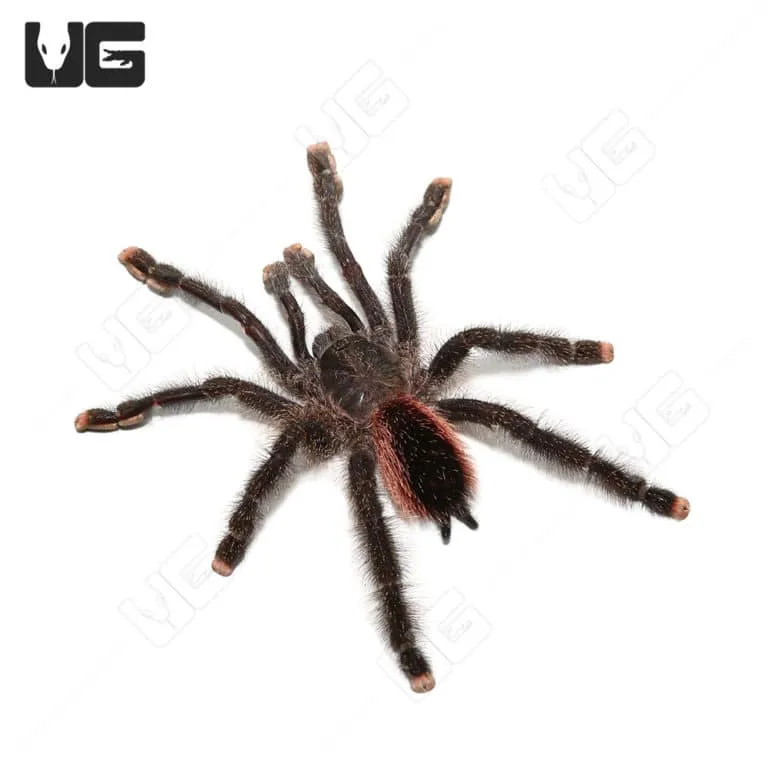Peruvian Pink Toe Tarantula Top 5 Facts
The Peruvian Pink Toe Tarantula, scientifically known as Avicularia avicularia, is a captivating species gaining popularity among tarantula enthusiasts. With their vibrant colors and relatively docile nature, these arachnids make fascinating pets. This article will delve into the top 5 facts about Peruvian Pink Toe Tarantulas, covering their appearance, habitat, diet, temperament, and lifespan, providing you with a comprehensive guide to understanding and caring for these beautiful creatures. From the striking pink hues on their toe pads to their arboreal lifestyle, there’s much to discover about this remarkable species. These tarantulas are not only visually appealing but also offer a unique insight into the world of invertebrates, making them a rewarding pet for responsible owners.
Appearance and Identification of Peruvian Pink Toe Tarantulas
Identifying a Peruvian Pink Toe Tarantula starts with recognizing its distinct physical features. These tarantulas are known for their vibrant coloration, which can vary slightly depending on the individual and its age. Typically, they have a dark body, often black or dark brown, contrasted by the characteristic pink or reddish hairs on their toe pads. These pink toe pads are the most distinguishing feature and are crucial for gripping surfaces. The carapace, or the upper shell of the cephalothorax, is often a metallic or iridescent hue. The abdomen can display a range of colors, from dark brown to black, sometimes with a pattern of lighter markings. Proper identification also involves observing the size and overall structure of the tarantula, as these features collectively define the species.
Size and Physical Characteristics
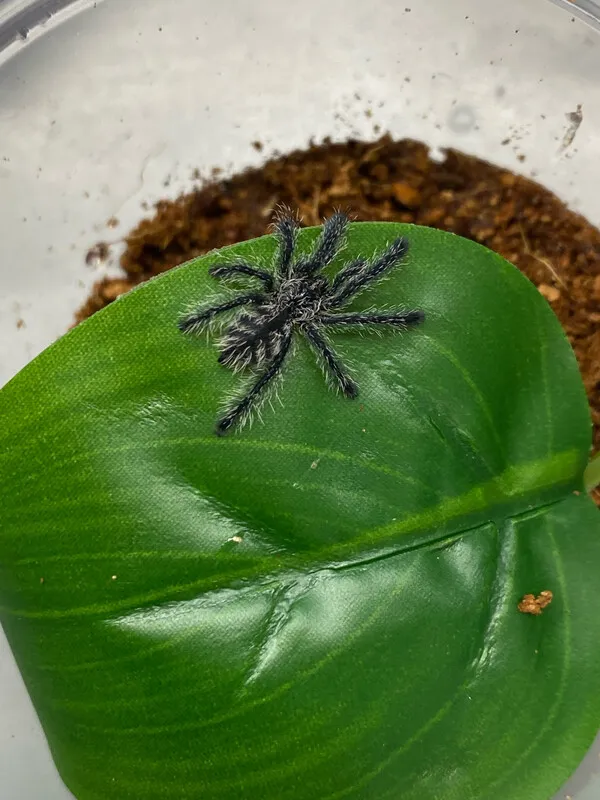
Peruvian Pink Toe Tarantulas are considered a medium-sized tarantula species. Adults typically reach a leg span of approximately 5 to 6 inches. This size makes them manageable for keepers. Females are generally larger and heavier than males. The body itself is relatively compact, with the legs being long and slender, allowing them to navigate their arboreal environment with ease. The presence of urticating hairs on their abdomen, which they use for defense, is another key physical characteristic, although less prominent than in some other tarantula species. Understanding these physical traits is key to identifying them and ensuring proper care.
Color Variations and Patterns
While the pink toe pads are the hallmark of this species, the overall color can vary. Younger tarantulas may exhibit more muted tones, with the pink on their toes being less pronounced. As they mature, their colors become more vibrant. Some individuals may display a more iridescent sheen on their carapace, while others may have patterns or markings on their abdomen that distinguish them from others. The intensity of the colors can also be influenced by factors like diet, environment, and overall health of the tarantula. Observing these color variations can be an interesting aspect of keeping this species, as it allows keepers to appreciate the individual beauty of each tarantula.
Habitat and Natural Environment for Peruvian Pink Toe Tarantulas
Understanding the natural habitat of Peruvian Pink Toe Tarantulas is crucial for providing them with a suitable living environment in captivity. In the wild, these tarantulas are primarily found in the tropical rainforests of Peru and other South American countries. They are arboreal creatures, meaning they live in trees, where they build silken nests and webs amongst the foliage. The rainforest environment is characterized by high humidity, moderate temperatures, and ample vegetation. Replicating these conditions in a terrarium is key to ensuring their well-being. The ability to create a safe and enriching environment in your home is key to taking good care of them.
Native Region and Ecosystem
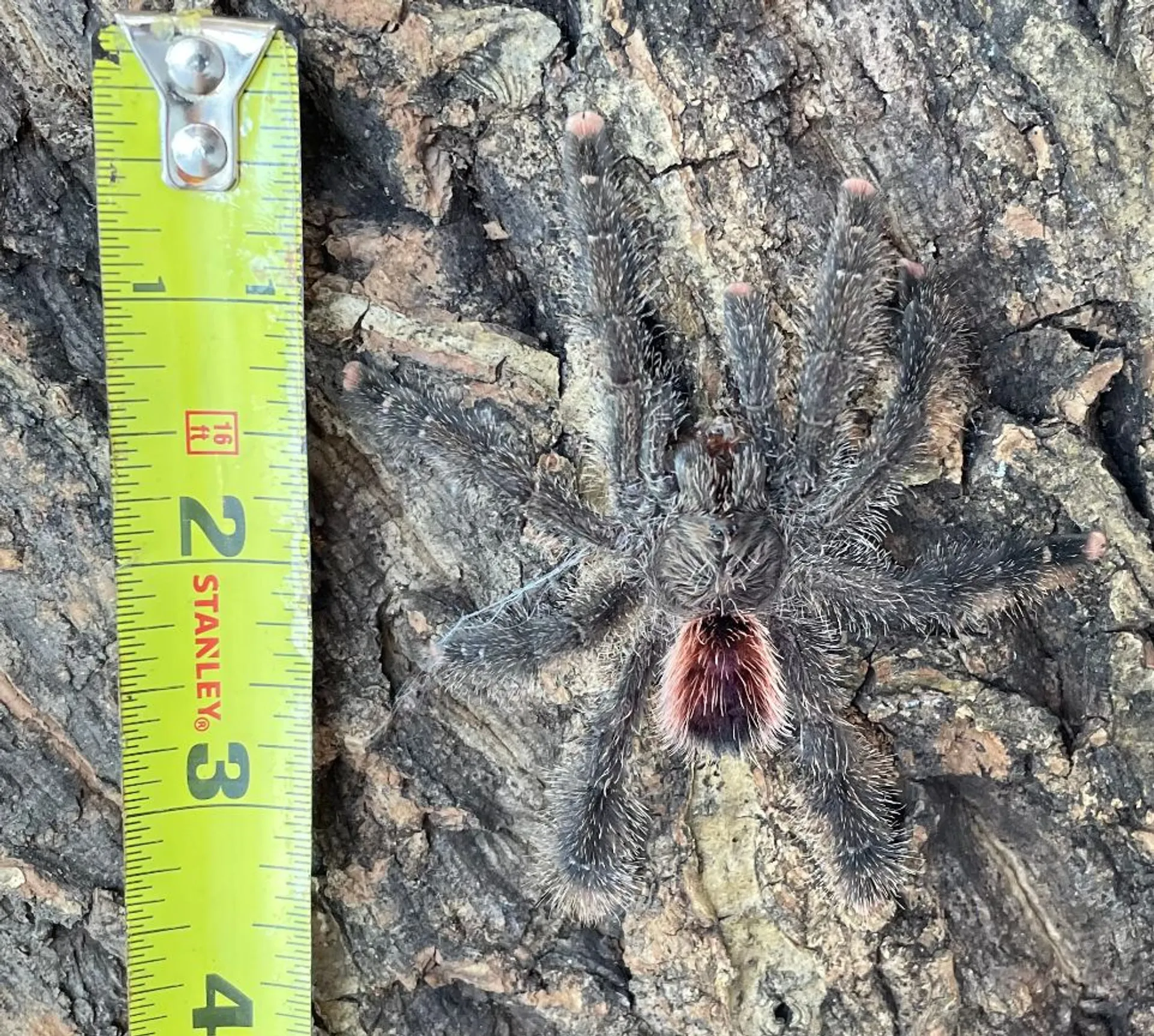
The Peruvian Pink Toe Tarantula is native to the tropical rainforests of South America, specifically in countries like Peru, Brazil, and parts of the Amazon basin. Their natural habitat provides them with an abundance of food sources, high humidity, and moderate temperatures. The ecosystem they inhabit is rich with diverse plant and animal life. These tarantulas play a role in the ecosystem by preying on insects and small invertebrates. This ecosystem provides the essential elements for their survival and growth. Their adaptation to this environment is a testament to their resilience and their unique needs.
Ideal Living Conditions
To create an ideal living environment for a Peruvian Pink Toe Tarantula in captivity, you’ll need to mimic the conditions of its natural habitat. The terrarium should be appropriately sized, with vertical space being more important than horizontal. A 10-gallon tank is suitable for a juvenile, while a 20-gallon tall tank is more appropriate for an adult. Provide a substrate that retains humidity, such as a mix of peat moss, coconut fiber, and vermiculite. Maintain a temperature between 75-85°F (24-29°C) and a humidity level of 75-85%. Include a hide, such as a cork bark or artificial foliage, for the tarantula to feel secure. Regular misting is essential to maintain the humidity, but ensure the enclosure has adequate ventilation to prevent mold and mildew.
Feeding Habits and Diet for Peruvian Pink Toe Tarantulas
Peruvian Pink Toe Tarantulas are opportunistic predators, primarily feeding on insects and other small invertebrates in the wild. Their diet consists of whatever prey they can catch, including crickets, roaches, mealworms, and other small insects. Understanding their feeding habits is crucial for providing them with a balanced and nutritious diet in captivity. The frequency and type of food you offer directly impact their health and growth. It is important to know how to feed them properly to ensure they thrive.
What Peruvian Pink Toe Tarantulas Eat
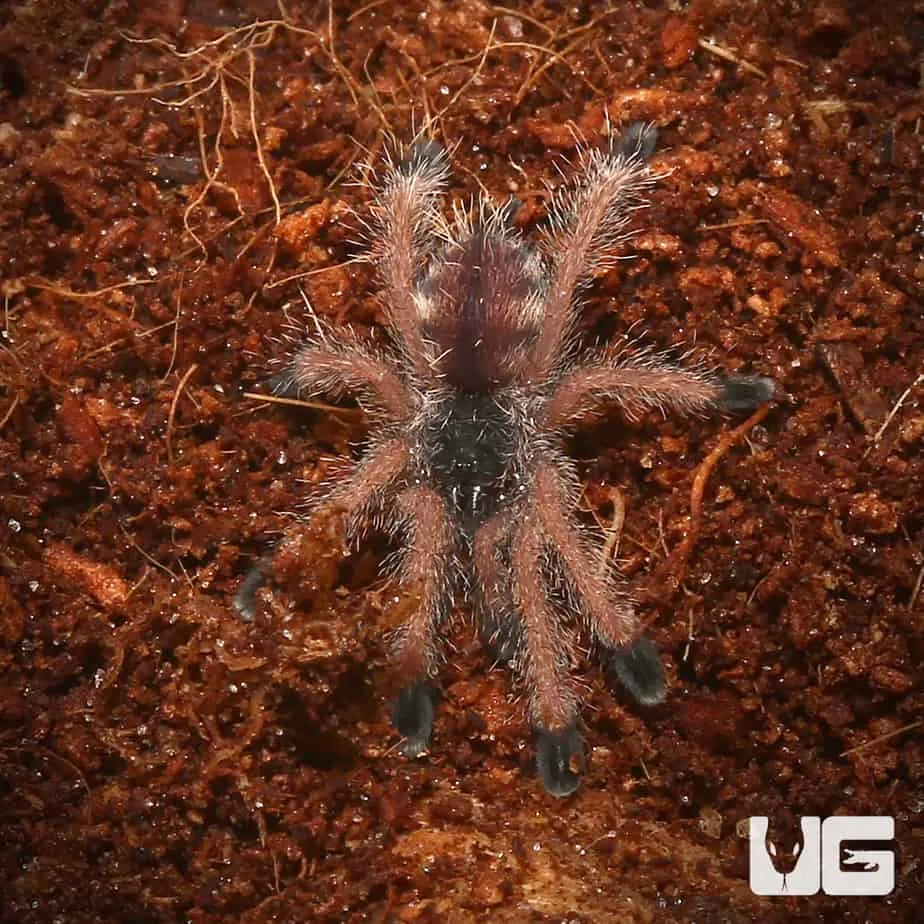
In captivity, the diet of a Peruvian Pink Toe Tarantula should consist primarily of insects. Crickets and roaches are a staple, providing a good source of protein. Mealworms and superworms can be offered as occasional treats, but should not be the primary food source due to their higher fat content. Other suitable food items include small grasshoppers, moths, and other commercially available feeder insects. It’s important to vary the diet to ensure they receive a range of nutrients. The insects should be gut-loaded with nutritious food before feeding, ensuring the tarantula gets the maximum benefit. The size of the prey should be appropriate for the tarantula’s size, avoiding insects that are too large or too small.
Feeding Frequency and Amount
The feeding frequency for Peruvian Pink Toe Tarantulas depends on their age and size. Spiderlings (young tarantulas) should be fed more frequently, typically every 2-3 days. As they mature, the feeding frequency can be reduced to once or twice a week. Adults generally require feeding once a week, or even less often if they are well-fed. The amount of food should be adjusted based on the tarantula’s appetite and body condition. Observe their abdomen; a healthy tarantula will have a rounded abdomen after feeding. Avoid overfeeding, as this can lead to health problems. Remove uneaten prey within 24 hours to prevent stress for the tarantula.
Temperament and Handling Peruvian Pink Toe Tarantulas
Peruvian Pink Toe Tarantulas are generally considered to be a docile species, making them a popular choice for beginner tarantula keepers. However, it is crucial to understand their temperament and handling techniques to ensure both the safety of the tarantula and the handler. Their reactions can vary based on individual personalities, stress levels, and environmental factors. It is important to approach handling with respect and caution. Always prioritize the well-being of the tarantula, and remember that they are not meant to be handled extensively.
Understanding Tarantula Behavior
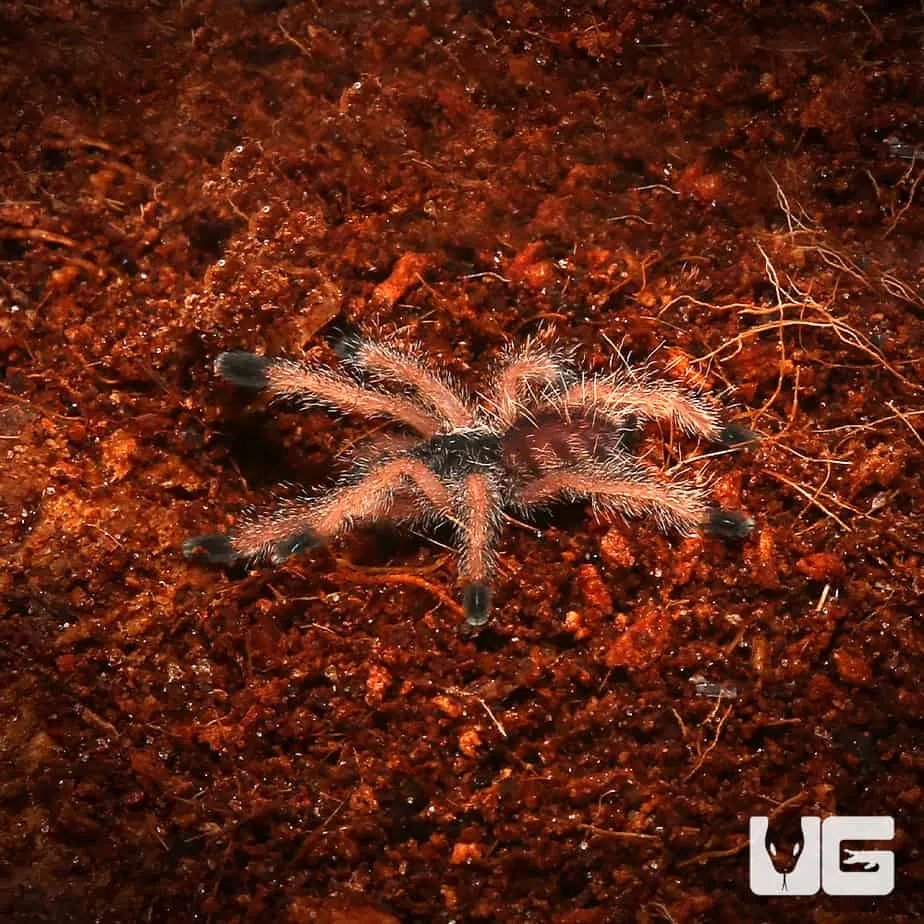
Before handling a Peruvian Pink Toe Tarantula, it is important to understand its behavior. These tarantulas are typically not aggressive. However, they may display defensive behaviors such as flicking urticating hairs from their abdomen if they feel threatened. They may also raise their front legs in a threat posture, which is a clear warning sign to back off. Some individuals are more docile than others. Understanding their cues can help you avoid stress for the tarantula. It’s essential to watch their behavior carefully. If you notice stress signs, cease handling immediately. Providing a comfortable and secure environment minimizes stress, reducing the likelihood of defensive behaviors.
Safe Handling Techniques
If you choose to handle your Peruvian Pink Toe Tarantula, do so with care and caution. It is generally best to avoid handling unless necessary. If handling is required, do so over a soft surface to prevent injury in case the tarantula falls. Gently encourage the tarantula onto your hand, allowing it to walk onto your palm rather than picking it up. Avoid sudden movements, as these can startle the tarantula. Keep your movements slow and deliberate. Do not hold the tarantula for extended periods, and always wash your hands thoroughly before and after handling. Never handle a tarantula if you are unsure of its temperament or if it displays signs of stress.
Health and Lifespan of Peruvian Pink Toe Tarantulas
Understanding the health and lifespan of Peruvian Pink Toe Tarantulas is crucial for responsible pet ownership. These tarantulas are generally hardy, but they can still be susceptible to certain health issues. Proper care, including maintaining a suitable environment, providing a balanced diet, and recognizing signs of illness, is essential to ensuring a long and healthy life for your pet. It is important to be proactive in their care and monitor their health regularly. Their overall well-being depends on your ability to provide the correct care.
Common Health Issues
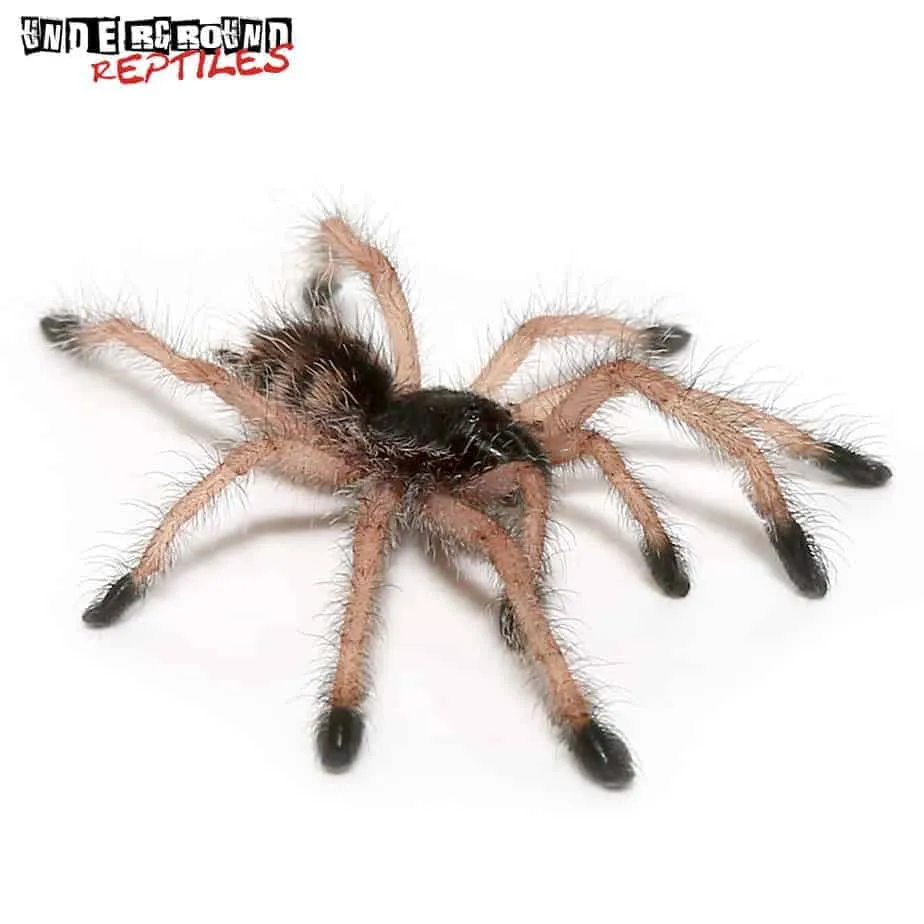
Peruvian Pink Toe Tarantulas, like all tarantulas, can be susceptible to certain health issues. Dehydration is a common problem. It is caused by low humidity, and can be avoided by maintaining proper humidity levels and ensuring a constant water source. Mites can infest tarantulas. These can often be controlled through a proper clean and a change in substrate. Injuries can occur if they fall from high surfaces or are mishandled. Regular inspections of the tarantula’s body for any unusual signs are crucial. Providing a safe and stable environment with proper care can prevent most health problems. Seeking advice from an experienced tarantula keeper or veterinarian is essential if you suspect any health issues.
Lifespan and Growth
The lifespan of a Peruvian Pink Toe Tarantula varies depending on the sex of the individual. Females can live for 10-12 years or even longer. Males typically have a shorter lifespan, often only 3-5 years. Their growth rate is dependent on factors such as diet, temperature, and overall care. They grow by molting their exoskeleton, which is a process where they shed their old skin and develop a new one. Young tarantulas molt more frequently than adults, usually every few months. As they get older, the molting frequency decreases to once or twice a year. Provide adequate space and a secure environment to accommodate their growth throughout their lifespan.
